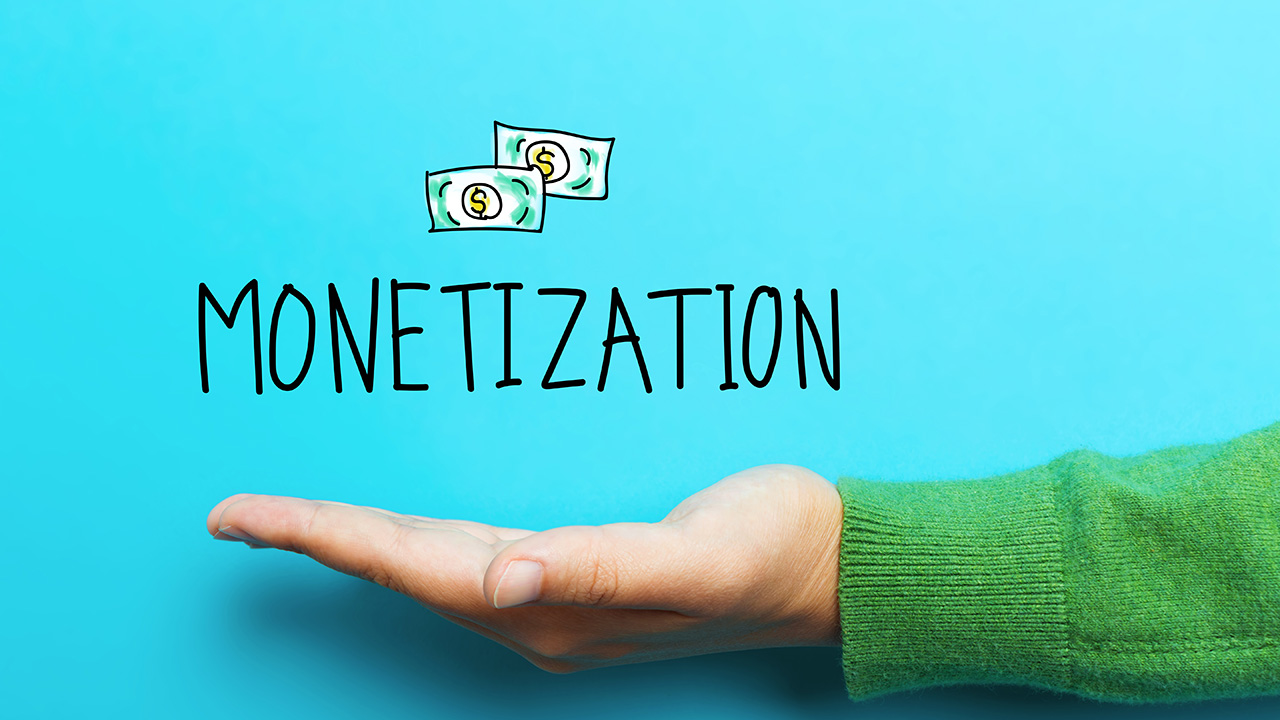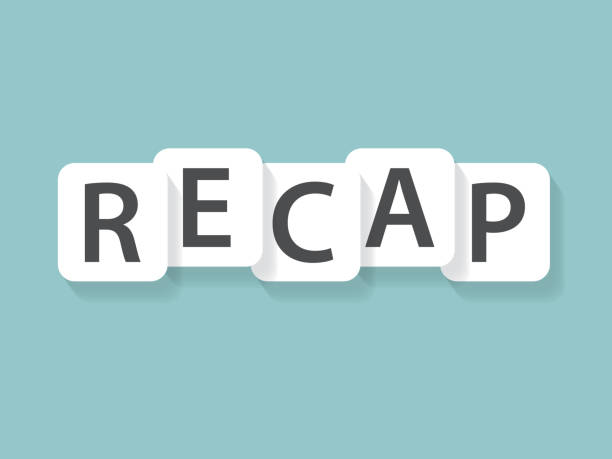
What the New YouTube Comments Mean for Marketers
If you’ve ever posted a YouTube video for your business and been inundated with a slew of negative comments, or been sorely disappointed with the snide remarks on videos you’ve enjoyed viewing, there’s some good news in store.
YouTube has announced some changes to the commenting system that would focus on the relevance of comments rather than their recency.
“In the coming months, comments from people you care about will rise up where you can see them, while new tools will help video creators moderate conversations for welcome and unwelcome voices,” YouTube announced on their blog in late September. On November 6th, those changes began to roll into effect.
What’s changed for YouTube comments
The biggest change that Google is implementing to YouTube comments is linking them to commenters’ Google+ accounts. As a result, Google says it will favor the most relevant comments over simply the most recent in order to provide a better experience.
It also means that YouTube will know who is in your business’ Google+ circles. People you have added in circles—the ones you know—will have their comments posted above those you don’t know. This provides more relevant feedback from your clients and prospects, people whose opinions you may value more.
Other changes being rolled out include the ability to moderate and review comments, pre-approve the comments of certain fans and block certain words. These will all be accessed through the “comment settings” of your YouTube channel.
User experience consultant Sam Blake, who’s worked with companies such Microsoft and Fog Creek Software, believes that the YouTube comment overhaul is another way for Google to increase Google+ usage. “I think this is clearly a strategic move on their part to kill two birds with one stone. They want to increase the quality of YouTube comments certainly, but they also want to increase the relationship between YouTube, which has tons of users, and their Google+ property, which has a lot of users in name but doesn’t have a lot of users in fact,” says Blake. By linking the two accounts together, Google is trying to encourage conversations of videos within people’s circles, using tools such as Google+.
What does this mean for your business?
Small businesses can take a couple of steps to make the most of the new changes to YouTube.
First, you’ll want to link your YouTube and Google+ accounts, if you haven’t already. Go to your advanced account settings in YouTube and click on “connect with a Google+ page.” The username you select will become your new YouTube channel name, so choose wisely! You’ll want to select your business name rather than a nickname. Remember that if you post public videos on YouTube, they’ll show up on your Google+ page, too.
If you’re worried about the potential for negative comments on your YouTube channel, you’ll be able to experiment with comment moderation options and newer comment features as they’re rolled out. What’s available now is a “blacklist” feature, where comments matching specific words you select (perhaps based on terms or phrases you found problematic in the past) can be held for review. You can approve certain users or even entire Google+ circles (your circle of clients, perhaps), ban specific users or circles, and choose between three moderation settings: disabling comments, allowing all comments, or holding comments for review.
YouTube changes could disrupt, but also encourage
If your channel and fan group is particularly active, the changes may disrupt the conversation since the comments will no longer be in chronological order—unless you choose “Newest First” to see the most recent comments, instead. Replies will also be threaded—as they are in Gmail—so you can follow specific conversations.
“I think the changes that [Google is] making will decrease the number of bad comments. It’s not clear whether or not it will increase the number of good comments,” Blake explains.
Whether these new rules will help create an environment that your business’ fans appreciate is still unclear, but they do put more power in the hands of marketers and encourage users to behave better.
Google is clearly betting that more accountability, and less anonymity, will lead YouTube commenters to be more civil and allow it to promote the comments its viewers will find most useful.
“They’re trying to use the power of social imperative by having people give comments in the context of their social group; [viewers/commenters] may feel more inclined to behave themselves because there’s social pressure on them to do that,” Blake says.
Part of YouTube’s comments problem is that it gets so many viewers, says Blake, and part is that those viewers come from such a broad cross-section of society. In contrast, many popular sites with broad appeal don’t encourage or allow comments, and many sites that are popular forums for commenting have more homogenous audiences. In a way, YouTube’s popularity has been a liability as it tries to encourage recommendations and conversation around videos.
“It’s really just that YouTube gets more people than nearly every other website [that allows comments],” Blake explains.
With these changes Google is moving YouTube toward a less-open, but perhaps more curated, user experience, and that will probably be a good thing for business owners and marketers looking to use this channel to spread their message.
What do you think of YouTube’s new commenting system?
This post contributed by guest author, Yael Grauer. Grauer is a Minneapolis-based freelance writer and editor. Find her online at Yaelwrites.com.
© 2013 – 2018, Contributing Author. All rights reserved.




I do not like the way they are doing it now (the new way). Very confusing. Also my Google+ account tended to be more for my personal use and my YouTube Channel is just for business – so Google keeps nudging me to change my YouTube to my real name, which I do not want to do. I think this is a very bad conceptual move on Google’s part.
The linking of Google+ and Youtube will provide a greater accountability for those wishing to make comments. As well, the consistency among all Google products will provide a consistent link between various content for viewers.